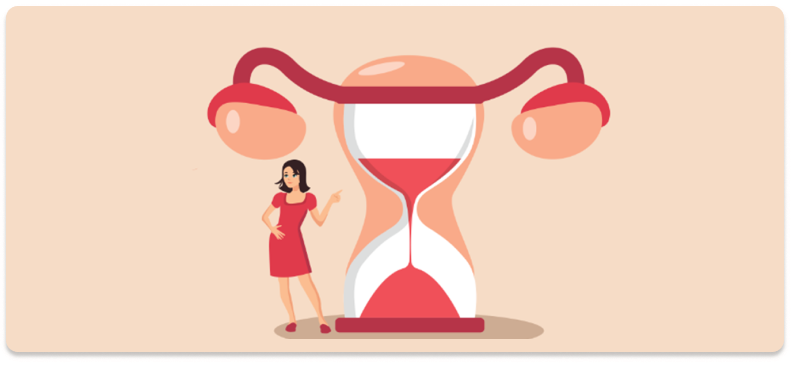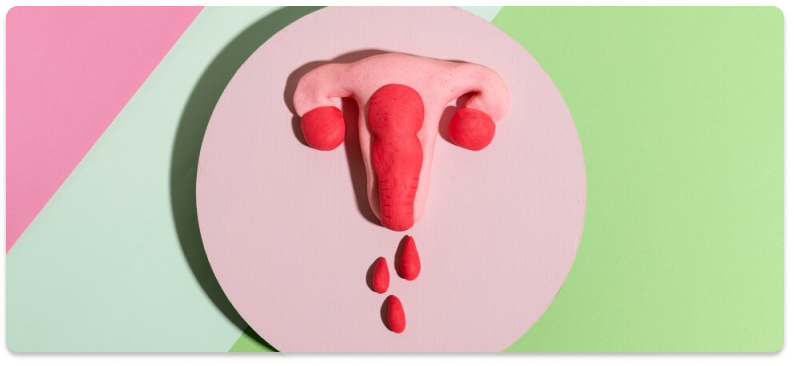You may also like…
Menopause: Non Hormonal Therapies
Isoflavones- are water soluble chemicals that come from plants, one group of these compounds called phyto-oestrogens have similar affects in the body to those of oestrogen. A lot of research suggests that these phyto-estrogens are found in soya products. Foods that contain these chemicals include; soya beans, tempeh (fermented soya beans), soya flour, soya protein, soya milk. Moreover, green split peas, chick peas, broad beans and are rich in some isoflavones. Isofavones can also be purchases in a tablet form through high-class pharmacies.
Red Clover- (Lal tarfeel) These same phyto-estrogens are found in soya, and are contained in the red clover herb, this can also be available in tablet form. It has also been used to treat whooping cough, gout and cancer. Studies suggest that this herb is not just effective in reducing the hot flushes, but also helps to build bone density, and therefore prevents osteoporosis. In addition to increasing bone density, it also improves cardiovascular function (through improving the elasticity of blood vessels and reducing cholesterol in the blood.
Wild yam – this plant has been used for indigestion, coughs, morning sickness, gastrointestinal ailments such as gallbladder pain, menstrual cramps, joint pain and nerve pain. It has been suggested that exracts of this plant contains oestrogenic and progestrogenic properties and can therefore be used for menopausal symptoms and premenopausal symptoms. However, it has been shown that these hormonal properties are ineffective in humans and the compound (diosgenin) needs to be converted to a synthetic compound before it can have a hormonal affect in humans. Yam extracts can be topically applied to the skin and have been refered to as “natural HRT.” Since dyosgenin has to be converted to a synthetic compound to have a hormonal affect, the term “natural HRT” is not correct. Overall there is weak evidence to support the properties of yam in improving bone mass or providing pain relief.
St John’s wort -This plant has a relaxing affect on the nervous system and is useful in regulating mild to moderate depression. Recent research has shown this plant to very effective in treating depression and alleviating mood related symptoms. In addition, this medication has fewer side effects than conventional antidepressant medications. However, side effects do include dry mouth, dizziness, gastric irritation and fatigue. This plant affects enzymes in liver and bowel, has interactions with drugs such as anti-clotting agents, anti-depressants, anti-epileptic drugs, anti-viral drugs and a few more and is also associated with hair loss. Make sure you consult with your doctor before you use this for any purpose.
Agnus-castus (chasteberry) is a shrub of the verbena family and is found near river banks and near foothills in central Asia and near the Mediterranean Sea. It is used for the treatment of premenstrual symptoms, and in particular, its ability to relieve breast tenderness. There is no specific literature that supports the effectiveness of chasteberry but it’s a harmless shrub carrying with it no adverse reactions.
Black cohosh is a tall perennial herb mostly found in the United States, known for its oestrogenic and properties. Native Americans have used this for women’s health problems; arthritis, fatigue and snakebite. Few studies suggest that black cohosh may improve menopausal symptoms such as hot flushes, headache, heart palpitations, nervousness, irritability, sleep disturbance, anxiety, vaginal dryness, and depression. However, there is not enough evidence to support whether it benefits of osteoporosis and cardiovascular disease. Side effects of this shrub include headaches, weight gain, dizziness and gastric irritation.
Dong Quai (Angelica sinensis) is an aromatic herb native to China and Japan, it has been used in Chinese medicine, and late in 1800s, it became known as the “female tonic.” It is now used for menstrual cramps and premenstrual symptoms and menopausal symptoms such as hot flushes. However, there is little evidence to support these claims. This medicine has been reported to increase the effect of “warfarin.”
Evening primrose oil: is a rich source of Gamolenic acid, it has been reported by women to be helpful in alleviating the symptoms of hot flushes. However, few studies have been carried out to determine its helpfulness but still more research is needed in this subject.
Powered by Froala Editor






